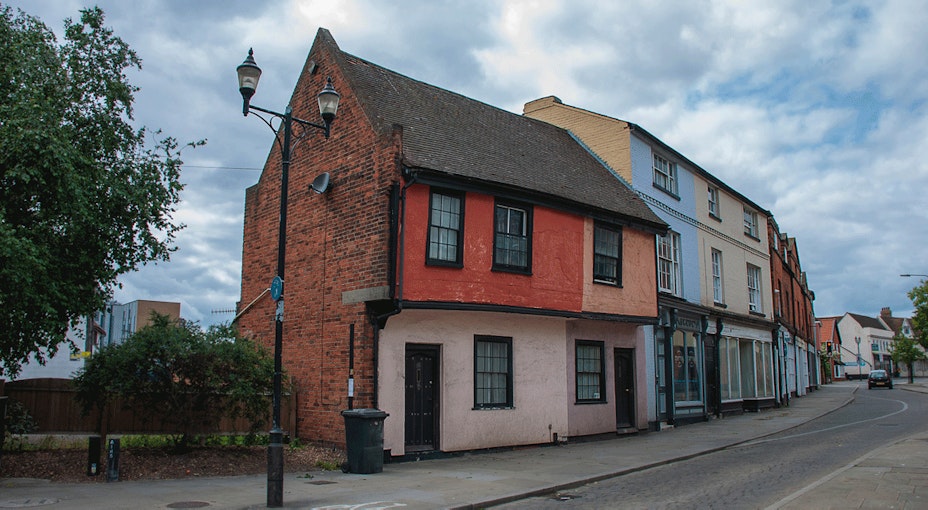Grade II listed buildings are among the most recognised and protected properties in the UK, often admired for their architectural and historical significance. While owning such a property can be prestigious and rewarding, it also comes with legal responsibilities and restrictions. For investors, developers, and homebuyers, understanding what Grade II listed status means is essential for making informed, strategic decisions. Whether you’re planning to buy, renovate, or invest in a Grade II listed property, this guide offers clarity—and explains how Fraser Bond’s expertise ensures compliance and value preservation.
What Is a Grade II Listed Building?
In the UK, a listed building is one that has been officially designated as being of special architectural or historical interest, protected by law. The listing system is managed by Historic England (in England), Cadw (in Wales), Historic Environment Scotland, and Northern Ireland’s Department for Communities.
Grade II is the most common designation, accounting for about 92% of all listed buildings.
Key facts:
- Grade II buildings are of special interest, warranting every effort to preserve them.
- Listing applies to the entire structure, both interior and exterior, and can extend to attached outbuildings or features.
- Owners are legally obligated to seek Listed Building Consent before making any alterations, extensions, or demolitions.
Implications for Owners and Investors
Owning a Grade II listed property offers heritage value but requires adherence to strict regulations. Failure to comply can result in legal penalties and devaluation.
Key considerations:
- Maintenance Requirements: Owners must use appropriate materials and methods in repairs, often at higher cost.
- Planning Restrictions: Even minor alterations—internal or external—may require Listed Building Consent.
- Investment Strategy: These properties may offer long-term capital appreciation due to scarcity, but may not be suitable for all rental strategies.
- Insurance and Financing: Specialized insurance is required, and mortgages may require additional underwriting.
Opportunities and Challenges
Opportunities:
- Prestige and Appeal: Unique architectural features and prime locations often enhance desirability.
- Long-Term Value: Historic properties tend to hold or increase value, especially in conservation areas.
- Tax Incentives: Some repairs or conservation efforts may be eligible for grants or tax relief.
Challenges:
- Renovation Costs: Using approved materials and specialists increases expenditure.
- Development Limitations: Not suitable for extensive redevelopment or conversion in many cases.
- Regulatory Complexity: Navigating planning permission and consent requires professional guidance.
How Fraser Bond Can Help
Fraser Bond offers specialist support for clients interested in acquiring, investing in, or managing Grade II listed buildings. Our services include:
- Property Sourcing: Identifying high-potential listed properties for personal or investment use.
- Compliance Advisory: Guiding clients through the Listed Building Consent process and regulatory frameworks.
- Renovation and Project Management: Partnering with heritage specialists to ensure compliant, cost-effective refurbishments.
- Investment Strategy: Evaluating yield potential, value appreciation, and exit strategies for listed property investments.
Our expertise ensures maximum value with minimal risk, helping clients preserve heritage and protect capital.
Conclusion
Grade II listed buildings offer a rare combination of historical charm and long-term investment value, but demand careful management and compliance. Whether you’re buying to live, rent, or develop, Fraser Bond’s expert guidance helps navigate the complexities of listed property ownership while ensuring strategic, profitable outcomes.



